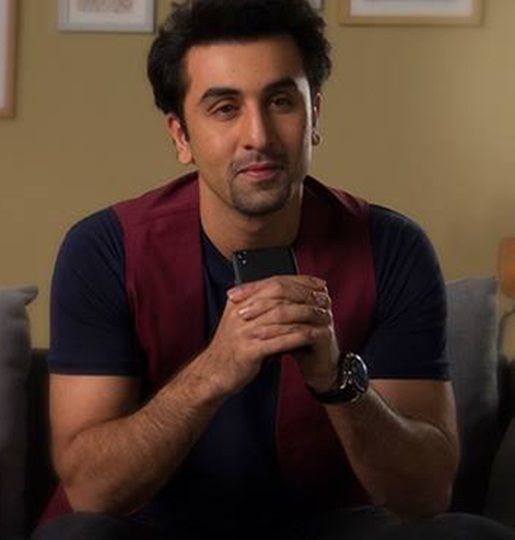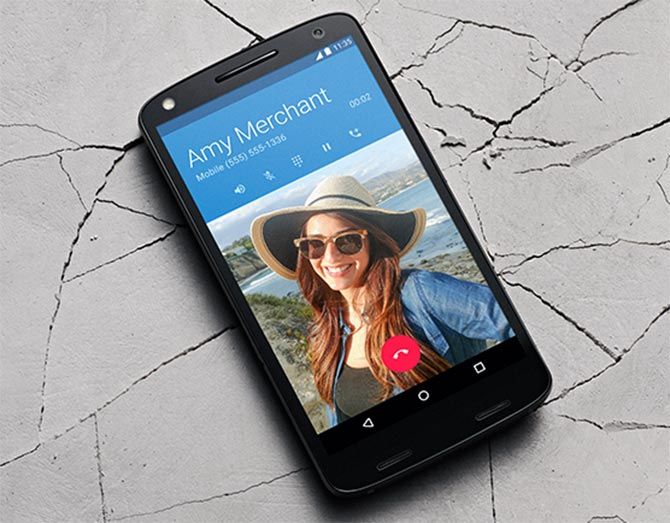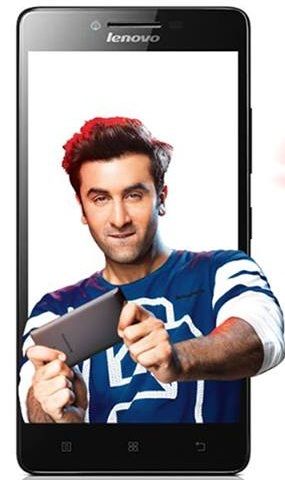The Chinese phone maker has ensured its two brands - Lenovo and Motorola - do not cannibalise into each other's share.

When handset maker Lenovo acquired Motorola two years ago, the $2.9 billion transaction was a leg-up for the Chinese player, desperate to make in-roads in the US.
Motorola, with an 85-year history in the US, was just the right fit for the company, which had no presence in that market.
It was also coming to Lenovo at a fraction of the $12.5-billion that Google paid to acquire Motorola in 2011.
But the question foremost in most minds was whether Lenovo could manage two competing brands in its portfolio.
That appears to have been resolved by the Chinese maker, which has neatly segmented its portfolio on the basis of price.
While Motorola is popular in the Rs 5,000-15,000 smartphone segment, Lenovo gains ground in the Rs 25,000-35,000 segment, conversations with multiple retailers and trade sources reveal.
In the Rs 35,000 and above price point, it is Motorola that steps in again, with models such as the Moto X Force and the Motorola Nexus 6.
 Jaipal Singh, market analyst, client devices, IDC India, says, "A dual brand strategy is not uncommon among mobile phone vendors. It provides room to target different sets of consumers under the same umbrella brand and a tested strategy to manage its product lines across channels."
Jaipal Singh, market analyst, client devices, IDC India, says, "A dual brand strategy is not uncommon among mobile phone vendors. It provides room to target different sets of consumers under the same umbrella brand and a tested strategy to manage its product lines across channels."
Executives from Lenovo were not available to comment on this story.
Dual-branding strategy rings success for Lenovo But industry sources say the company's eventual plan is to merge the Motorola and Lenovo brand names, something it kicked off soon after the 2014 acquisition of the former.
Motorola was rebranded as Moto, but the future name could go as Moto by Lenovo, persons in the know said.
In fact, the Moto X Force was launched this March without the Motorola brand name.
As the firm mulls going down this road, at a broader level, its success in India, where it is the fourth-largest smartphone maker, has been led in part by its emphasis on affordable models.
 Apart from the Moto G range of phones, popular in the affordable category, Lenovo has its own budget sub-brand called Vibe and has models such as the K3 Note and A6000 Plus under the flagship that operate at the lower end of the market.
Apart from the Moto G range of phones, popular in the affordable category, Lenovo has its own budget sub-brand called Vibe and has models such as the K3 Note and A6000 Plus under the flagship that operate at the lower end of the market.
Neil Shah, research director, devices & ecosystems, Counterpoint Research, says, "Lenovo has grown swiftly over the past year because of its aggressive pricing strategy for the specifications offered. Apart from this, there is good support from its online partner Flipkart which has contributed to the bulk of its sales in recent years."
Shah adds that Lenovo's K3 Note and A6000 Plus, in particular, were the company's best-selling phones in India last year, driving the bulk of its volumes.
In the past six to seven quarters, Lenovo, including Motorola, has not only gained market share - from less than 5 per cent in June 2014 to some 11 per cent in December 2015 - but has also turned profitable in India for the first time.

This gains importance since India is the second-largest smartphone market after China.
For the financial year ended March 2015, Lenovo posted an annual profit of Rs 26.7 crore versus a loss of Rs 44.6 crore the previous year.
Figures for 2015-16 have not been disclosed yet by the company.
Already, Lenovo's smartphone portfolio is estimated to be giving it higher revenues in India than personal computers.
For 2014-15, Lenovo's overall revenues grew 41 per cent to Rs 5,667 crore from Rs 4,028 crore in 2013-14. While a break-up of revenue was not available, analysts estimate that over half its turnover now comes from mobile phones in India.
 Bullish bets
Bullish bets
Lenovo remains bullish on India at a time when it is struggling in its home turf China, also the world's largest smartphone market.
Executives in previous conversations with Business Standard have said that India could become its largest market by 2017, ahead of Brazil.
Lenovo's global CEO Yuanqing Yang had recently said that he expected $6 billion (about Rs 40,000 crore) in revenue from India by 2018.
Lenovo's increasing focus onlocalisation, market-oriented products and expansion of offline distribution may provide its local unit an edge over its peers, experts said.
The smartphone maker was working on a number of new handsets based on consumer insights, they added.
The dual branding strategy then may just help the firm hold things together ensuring consumers don't slip out of its net.
As Singh of IDC says, "The positive side of this strategy is that the customer benefits from the options he has from both these brands and has the advantage to choose between them, while the company retains consumers."
Lenovo seems to be taking note of this.











